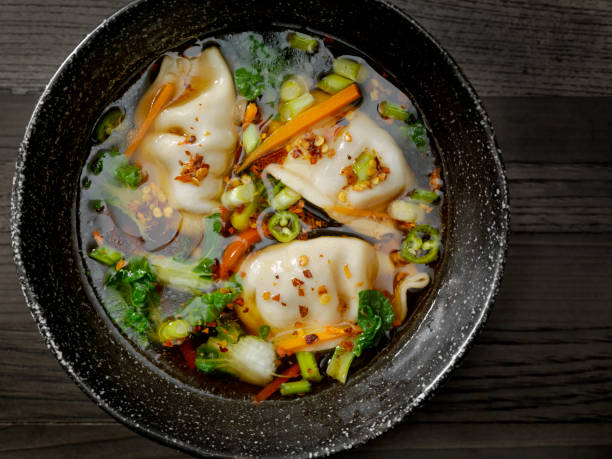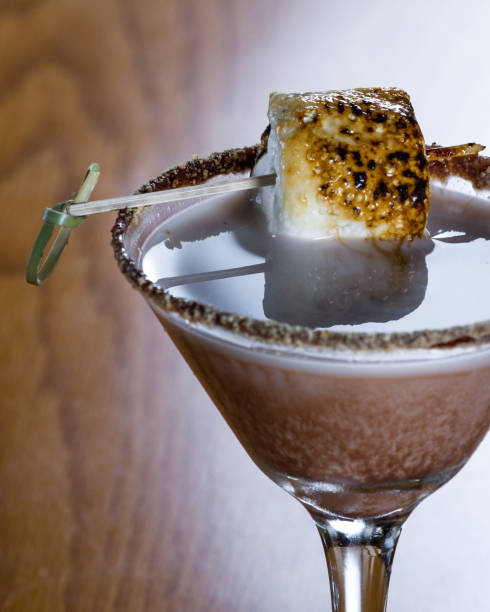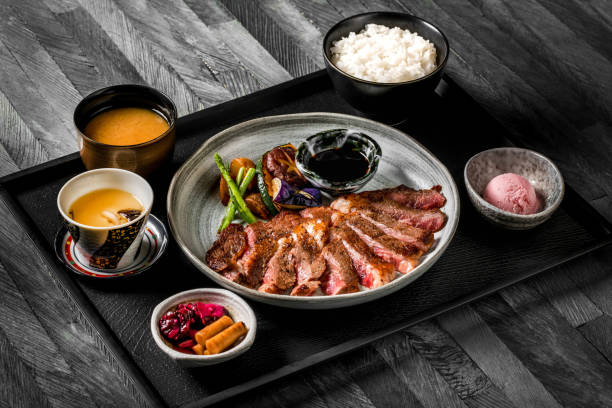These restaurants are a hot ticket. Passive pretentiousness is not allowed. The prevailing mood is a party.
HE OLD Pineapple & Pearls was a huge success. Seven years ago, the restaurant opened in Washington, D.C., to rave reviews from local critics. Diners lined up for Aaron Silverman’s elegant tasting menu, which includes a dozen or more dishes. The Michelin Guide gave it two stars after a year. It surprised me that Mr. Silverman had utterly destroyed the concept and started over.
The two-year closure of the pandemic had allowed the chef and his staff time to reflect on the future of Pineapple & Pearls and the purpose of their existence. Mr. Silverman stated that when you hear “fine dining,” it can be a three- to four-hour-long meal. He said, “You’re worshipping at the temple of some chef.” “That’s not fun for us.”
Pineapples & Pearls were reborn last year as rare in today’s delicate dining landscape. It is a place where everyone should have a great time, and the operative principle of the restaurant is that everyone should have a good time at all times. It charges $345 per person before drinks, tax, or a service fee. The long-tasting menu has been discontinued. There are only four courses for dinner, and you can choose between two options.
The dining room ceiling is adorned with a vast cluster of helium balloons. Wait, the staff wears custom red velvet tuxedo jackets and vintage T-shirts. Depending on the night, they also offer caviar bumps and Dixie cups of Dom Perignon. A short stack of Funfetti pancakes is given to each birthday boy and girl. They are drizzled with maple syrup and sprinkled with 24-karat-gold leaves. Do you find it too extravagant? Yes. It’s also very unapologetic fun.
There has been a particular atmosphere in fine American dining for a while now: earnest, cerebral, and elegant. Long-tasting menus are becoming more common. They can be called “experiences” or “journeys” on Instagram and restaurant websites. A meal may include an explanation of local ecology or enough information about the chef for an online dating profile. The decor is usually straightforward but elegant, with a high-end touch.
Recently, however, a new vibe has taken root. The revamped Pineapple & Pearls exemplifies this. Silverman stated that our music is “a super-party-music playlist.” “It’s high-energy. It’s loud. Cooks are known to sit down and have a conversation with diners. Guests sometimes go behind the bar to make their drinks. For a midnight snack, diners get a juicy, greasy Wagyu cheeseburger instead of the chocolate truffles and sachets of housemade granola that you might find at a fine-dining restaurant.
Mr. Silverman chose to 86 the Michelin-starred tasting menu, which is significant when fine dining has adopted this format so widely that it seems essential to the category. But Western tasting menus are only dated to the 1960s when French nouvelle cuisine chefs started to offer multicourse “menus-degustation” loosely inspired by Japan’s kaiseki traditions. (See below, “How Tasting menus took over.”
A new mood is emerging that is playful, extravagant, and maximalist.
These were usually six- to seven-course meals. Catalan chef Ferran Adria, a Catalan, took the idea and expanded it to include dozens of dishes at El Bulli in the vicinity of Roses, Spain. From all over the globe, young apprentices traveled to El Bulli with creative ambitions and helped plant this dining style. You’re likely to have eaten at a restaurant with a tasting menu if it was expensive or the subject of much hype.
An inevitable fatigue has set in about how much a 12- or 16-course tasting menu costs diners. Not to mention the human cost of creating such meals. Stagiaires are interns who work for free to learn and prepare elaborate tasting menus. Fine-dining restaurants have relied on them for years. Noma in Copenhagen, where Chef Rene Redzepi is perhaps the most well-known purveyor of intricate tasting menus, announced in January that they would be closing the restaurant.
One indicator of the zeitgeist shift is “Chef’s Table,” a Netflix documentary series showcasing the world’s most creative chefs. Everyone is streaming “The Menu,” a comedy-horror where a celebrity chef uses a tasting menu as a weapon to take revenge on his staff and diners. Many in the industry are trying out new ideas. The new mode is more campy, flamboyant, and maximalist than the previous one.
Dirty French Steakhouse is one of Miami’s most popular dining venues. Servers wear bow ties and powder pink dinner jackets to serve prime rib for $85 in a mirrored, Zebra-striped dining area that exudes “cocaine dinner party energy,” according to “The Infatuation.”
At Bad Roman, a recent New York City debut from the owners of the stately midtown steakhouse Smith & Wollensky, the dark-wood-paneling-and-oil-paintings aesthetic has given way to a wild pastiche of Italian decorative styles, pulling in mosaics, a fountain, coral-colored banquettes, lots of marble and a colossal boar statue on a plinth, flaunting a necklace of neon lights.
At Hi Felicia in Oakland, Calif., the chef-owner, Imana, goes by her first initial. She offers “vulgar fine dining”: a luxurious dining experience in a transgressive environment. She described the interior of the restaurant as “completely black” with “creepy clown paintings”. It looks like a haunted gallery. It is bizarre. It’s tacky.” Hi, Felicia started as a pop-up and launched last April as a restaurant with a tasting menu at $195. However, the price has dropped to $140 for a shorter, more family-friendly format. Imana stated that there is nothing in the food that isn’t high-quality. “But we aren’t stuffy, and I encourage my team to be as free as possible.”
To communicate the new energy, restaurants don’t have to use a tawdry or retro decoration scheme. Jeff Katz, a restaurateur, and Melissa Rodriguez, a chef, opened Al Coro in New York City last year. They aimed to create upscale dining experiences different from the city’s traditional fine-dining scene. The restaurant has been awarded two Michelin stars. A four-piece band was placed in the restaurant’s center, performing soul and R&B covers every night. After dinner, guests can wander downstairs to Dicolo, where the ceiling lights up, and a DJ plays until early.




